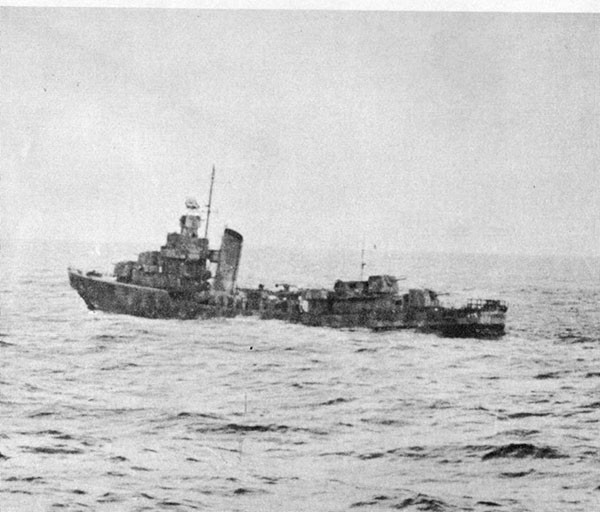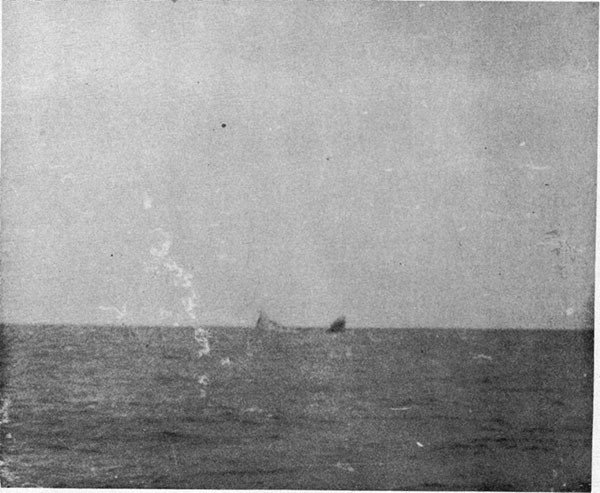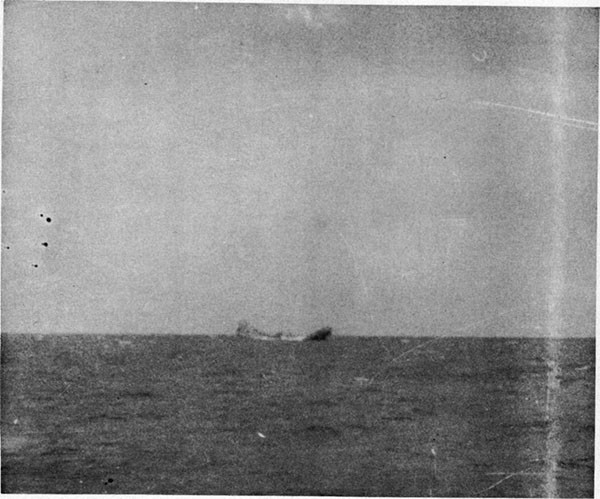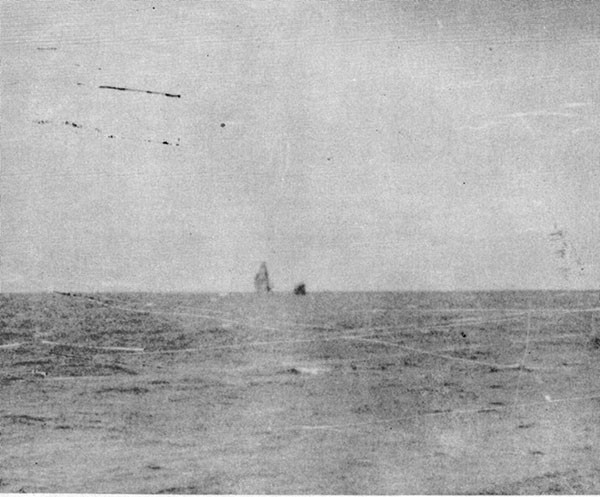Status - John Baer - 40th Indiana Regiment - Crittenden's Corps - Wood's Division - Wagner's Brigade
Crittenden's corps had been ordered on the 21st to move to Columbia, KY, from the London, KY area, as the direct pursuit of Bragg's army was curtailed. They are then to move to Glasgow. KY, by the 31st. Northern Governors, including Indiana's Governor Morton, are expressing outrage that Buell is pulling back from the pursuit.
General Buell on the 22nd sent another long dispatch to Washington describing the current situation and deployments, and the issues mitigating against an attack on East Tennessee. Halleck's return again pushes for a move eastward and against a return of the army to Nashville.
On the 23rd, Major-General William S. Rosecrans, fresh off a recent victory at Corinth, MS, is ordered to Cincinnati and the next day receives the following lengthy dispatch:
-------------------------------------------
Washington, October 19, 1862 -- 1:33 p. m.
Maj. Gen. W. S. Rosecrans, Cincinnati, Ohio:
You will receive herewith the order of the President placing you in command of the Department of the Cumberland and of the army of operations now under Major-General Buell.
You will immediately repair to General Buell's headquarters and relieve him from the command.
The great objects to be kept in view in your operations in the field are: First, to drive the enemy from Kentucky and Middle Tennessee; second, to take and hold East Tennessee, cutting the line of railroad at Chattanooga, Cleveland, or Athens, so as to destroy the connection of the valley of Virginia with Georgia and the other Southern States. It is hoped that by prompt and rapid movements a considerable part of this may be accomplished before the roads become impassible from the winter rains.
Two modes or reaching East Tennessee have been proposed. First, to push a small force on the rear of Bragg's army to drive him into Tennessee and move the main army on such lines as to cover Nashville; second, to go directly to Nashville and make that the base of your operations, by McMinnville or Cookville. Adopting the first plan, the route by Somerset to Montgomery, if practicable, would be the most direct; if not practicable, it would then be necessary to move by Columbia or Glasgow to Sparta, &c. If the second plan be adopted, you will be obliged to move twice the distance in order to reach your objective point and at the same time afford the enemy an opportunity to resume his raids into Kentucky. Moreover, it would give the appearance of a retreat, which would encourage the enemy, while it would discourage our own troops and the country. Nevertheless, the difficulty of the roads, the pressure of the enemy upon Nashville, the position in which you find General Buell's army, and the difficulty of supplying it in a mountainous and sparsely populated country may compel you to adopt this line. In either case it will be necessary for you to repair and guard the railroad, so as to secure your supplies from Louisville until the Cumberland River becomes navigable.
You will fully appreciate the importance of moving light and rapidly, and also the necessity of procuring as many of your supplies as possible in the country passed over. Where you cannot obtain enough by purchase of loyal men or requisitions upon the disloyal you will make forced requisitions on the country, paying or receipting, as the case may be, for the supplies taken. The time has now come when we must apply the sterner rules of war, whenever such application becomes necessary to enable us to support our armies and to move them rapidly upon the enemy. You will not hesitate to do this in all cases where the exigencies of war require it.
Great care, however, must be taken to prevent straggling and pillaging and a strict account must be kept of all property taken. On this subject your attention is called to recent general orders and also to the system adopted in the French Army.
In connection with your proposed operations in Middle and East Tennessee, a column of about 20,000 men, under General Cox, is moving up the Kanawha River, and it is hoped that they will be able to cut the railroad near Newbern or Wytheville, This movement may possibly draw off a portion of Bragg's forces for the protection of that road.
Moreover, if the enemy's forces in Mississippi now operating against General Grant should be drawn east to re-enforce Bragg or to operate in Tennessee General Grant may be able to render you important assistance.
Although the Department of the Ohio covers a portion of your theater of operations this will in no respect interfere with your movements in the field nor the command of your army, Moreover, you will call upon General Wright for any assistance or supplies which you may require.
It is possible that Bragg, having failed of his object in Kentucky, may leave only a small force in East Tennessee and throw his main army into Mississippi against General Grant. His railroad communications from Knoxville to Holly Springs and Tupelo will enable him to make this movement with great rapidity. In that case a part of your forces must be sent to the assistance of General Grant, either by railroad to Decatur or by water, should the Cumberland be navigable, to Columbus or Memphis. Every effort should be made to ascertain Bragg's movements by pressing him closely.
I need not urge upon you the necessity of giving active employment to your forces. Neither the country nor the Government will much longer put up with the inactivity of some of our armies and generals.
Very respectfully, your obedient servant,
H. W. HALLECK,
General-in-Chief.
------------------------------------------
Halleck demands the pursuit of Bragg and the liberation of East Tennessee, and denigrates Buell's plan of returning to Nashville to make that the base of operation. None of that, of course, will relieve the new commander of the many troubles of which Buell constantly complains. These issues will similarly frustrate Rosecrans and hamper his attempts to advance.
Here is the official order:
-------------------------------------------
GENERAL ORDERS No. 168
WAR DEPARTMENT, ADJT, GEN.'S OFFICE,
Washington, October 24, 1862
I. By direction of the President the State of Tennessee east of the Tennessee River and such parts of Northern Alabama and Georgia as may be taken possession of by United States troops will constitute the Department of the Cumberland.
II. Maj. Gen. W. S. Rasecrans is assigned to the command of the Department of the Cumberland.
III. The troops under the command of Major-General Grant will constitute the Thirteenth Army Corps, and those assigned to the command of Major-General Rosecrans will constitute the Fourteenth Army Corps.
By order of the Secretary of War,
L. THOMAS,
Adjutant-General.
------------------------------------------
Buell is ordered to surrender his command and go to Indianapolis to await further orders; orders that never came. He would sit out the remainder of the war without getting another command of any kind. When he was recommended for a command by General Sherman later in the war, he declined, as it would mean serving under officers that he had previously outranked.
More Information:
- Link: War Operations, see Volume XVI, Chapter XXVIII, Part II, Correspondence, pp. 634-642.
- The Civil War Day by Day, John S. Bowman, Ed. p. 86.
- Shelby Foote: The Civil War, A Narrative, Vol 1, Fort Sumter to Perryville, pp. 741-744.
- Battles and Leaders of the Civil War, Vol 3. The Tide Shifts, pp, 600-603.
- Kenneth Noe, Perryville: This Grand Havoc of Battle, pp. 341-342
- Peter Cozzens, No Better Place to Die: The Battle of Stones River, pp. 1-14.
NEXT POST: OCTOBER 28TH




